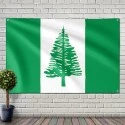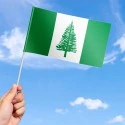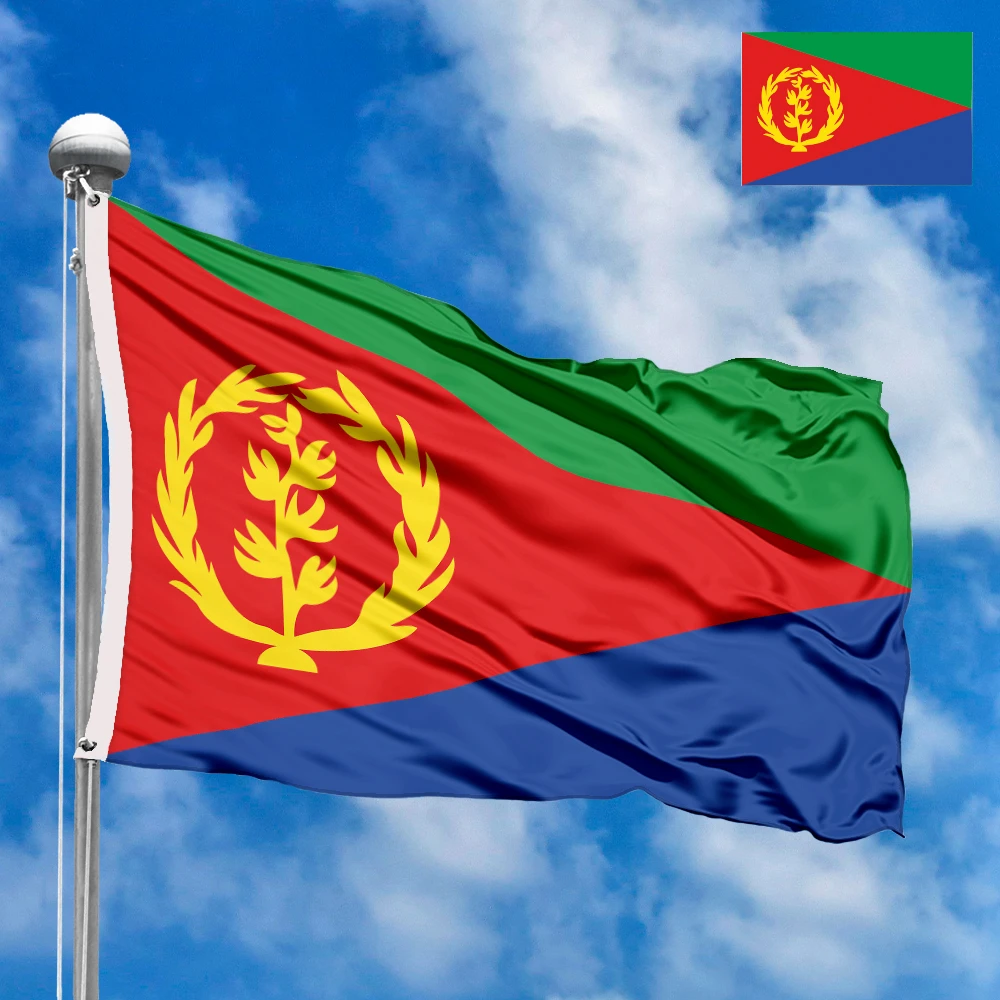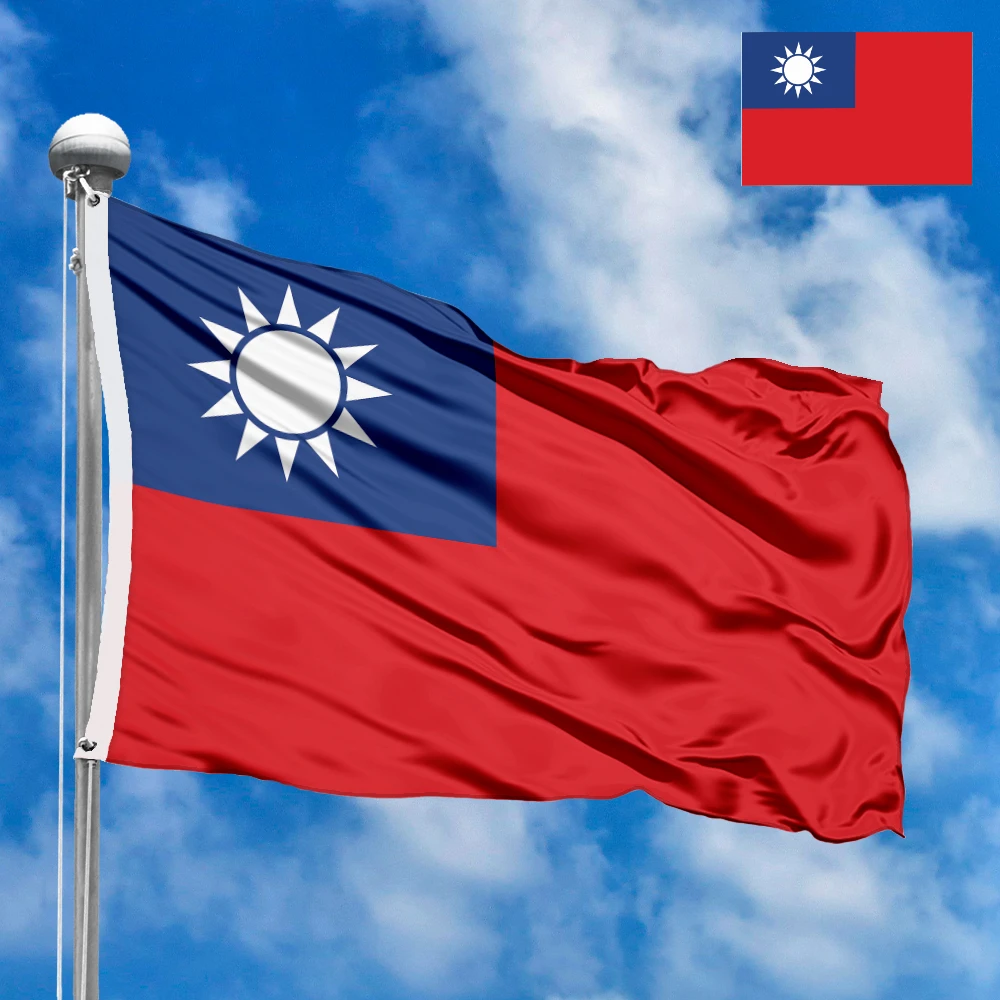The flag of Norfolk Island is a powerful emblem that encapsulates the unique identity and rich history of this remote South Pacific territory. Adopted in a moment of growing self-governance, it is a striking symbol of the island’s heritage, its connection to nature, and the distinct community that calls it home. For any student of vexillology or history, understanding this flag means appreciating a story of mutineers, penal colonies, and a deep-seated love for a single, iconic tree.
Anatomy of the Flag: Design and Dimensions
The flag of Norfolk Island is a vertical tricolor, an unusual but visually distinct design. It consists of three vertical panels:
-
The left and right panels are a rich green, which is specified as Pantone Matching System 356 in official legislation.
-
The central panel is white, a color that is slightly wider than the green stripes.
Centered within the white panel is a prominent green Norfolk Island pine (Araucariaheterophylla). This magnificent conifer is the official tree of the territory and is native only to this small island and a few others in the region. The flag has a height-to-width proportion ratio of 1:2, a common ratio for flags but one that allows the central tree to be displayed prominently.
Symbolism of the Colors and Elements
Every element of the Norfolk Island flag is laden with meaning, representing the territory's geography, history, and values:
-
The Green Stripes: The dominant green color of the flag symbolizes the island's lush, fertile land and its plentiful vegetation. Norfolk Island is known for its beautiful landscapes and rich agricultural heritage, and this color is a direct tribute to its natural bounty. It also represents the vibrant life and the peaceful environment of the island.
-
The White Stripe: The central white stripe stands for peace, purity, and harmony. It is often interpreted as symbolizing the tranquil and peaceful relationship between the island’s unique natural world and its close-knit community of residents. It acts as a clear, bright background that emphasizes the island’s most important symbol.
-
The Norfolk Island Pine: The central pine tree is the soul of the flag. This endemic tree is not just a plant; it is the most enduring symbol of Norfolk Island. It represents the island's unique flora and its status as a distinct natural environment. The pine is native to the territory and is its official tree, making its inclusion on the flag a powerful declaration of local identity and pride. It is a symbol that connects the modern community to the island's natural past and its enduring ecological importance.
History of Creation and Adoption
The flag's creation is a direct result of Norfolk Island gaining a degree of self-government. Prior to 1979, the island, an Australian external territory, flew the Australian flag. However, as the island's residents sought greater autonomy and a stronger, more distinct identity, the need for a separate flag became apparent.
The flag’s design was approved by the Norfolk Island Council on June 6, 1979, and it was officially adopted on January 17, 1980, when the Norfolk Island Flag and Public Seal Act 1979 was passed by the Australian Parliament. The adoption of the flag was a significant political and cultural milestone, marking a new era of self-governance for the island and its people. While the individual who designed the flag is not publicly known, its choice was a collective decision by the local council, reflecting the will of the community.
The Norfolk Island Community and Its Flag
The flag holds deep significance for the people of Norfolk Island. The community, largely composed of descendants of the HMS Bounty mutineers and their Tahitian partners who relocated from Pitcairn Island, has a very distinct cultural heritage. They have their own language, known as Norf’k, a unique blend of 18th-century English and Tahitian. For this community, the flag is not just a symbol of their territory’s relationship with Australia; it is a profound representation of their history, their resilience, and their special connection to their island home. The flag is flown with immense pride, particularly on local holidays and community events, where it serves as a powerful reminder of their unique and enduring identity.
Interesting Facts about Norfolk Island
-
A Harsh History: The island has a dark history as a British penal colony, infamous for its harsh conditions. The Kingston and Arthur’s Vale Historic Area (KAVHA) is a UNESCO World Heritage site, a testament to this period.
-
A Unique Language: The local language, Norf’k, is one of the few creole languages still spoken today, blending old English with Tahitian.
-
Thanksgiving: Norfolk Island is one of the few places outside of North America to celebrate Thanksgiving as a public holiday, a tradition inherited from visiting American whaling ships in the late 19th century.
-
No Traffic Lights: The island has no traffic lights, a testament to its small population and relaxed, rural lifestyle.
-
Similarities to Other Flags: The vertical tricolor design with a central tree bears a striking resemblance to the flags of Canada and the province of Neuquén in Argentina, both of which feature a regional arboreal symbol in the middle band. This similarity highlights a shared vexillological approach to symbolizing unique regional identities.
In the demonstration images, full-size flags are shown with proportions of 2:3, and hand-held flags with proportions of 1:2.











 Waving flag
Waving flag
 Sizes:
Sizes:
 Round flag
Round flag
 Sizes:
Sizes:
 Rectangular flag 2:3
Rectangular flag 2:3
 Sizes:
Sizes: